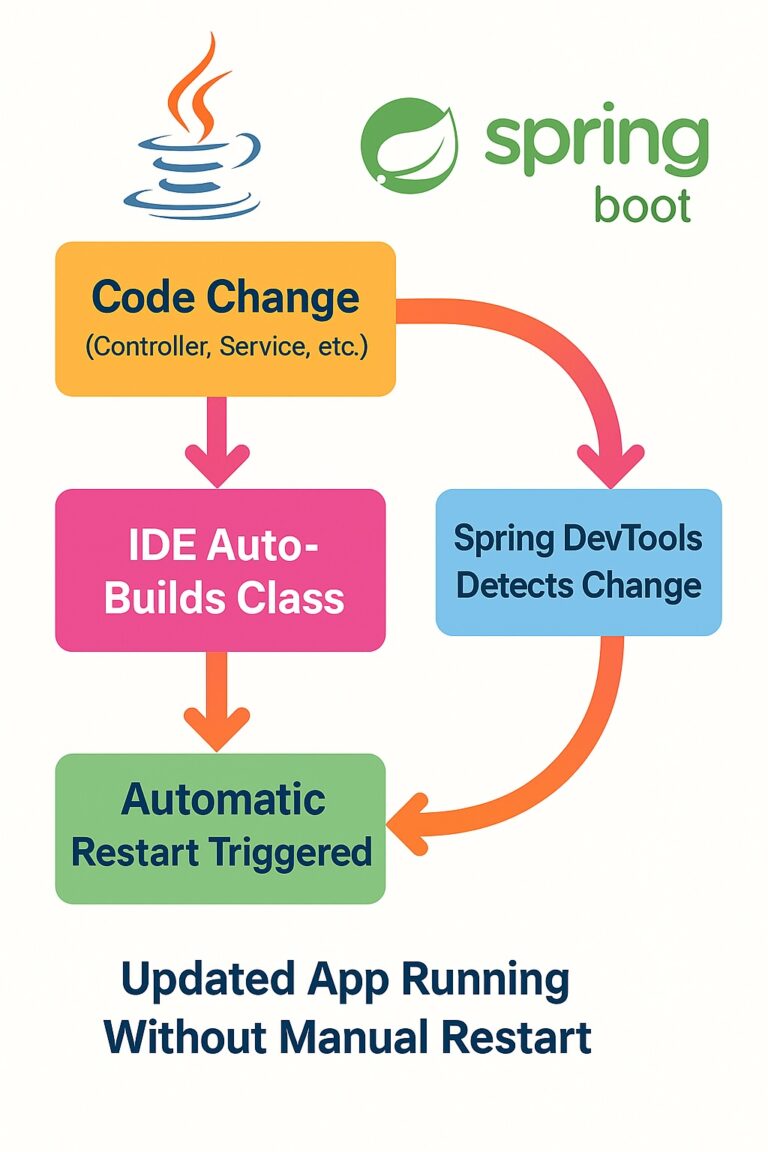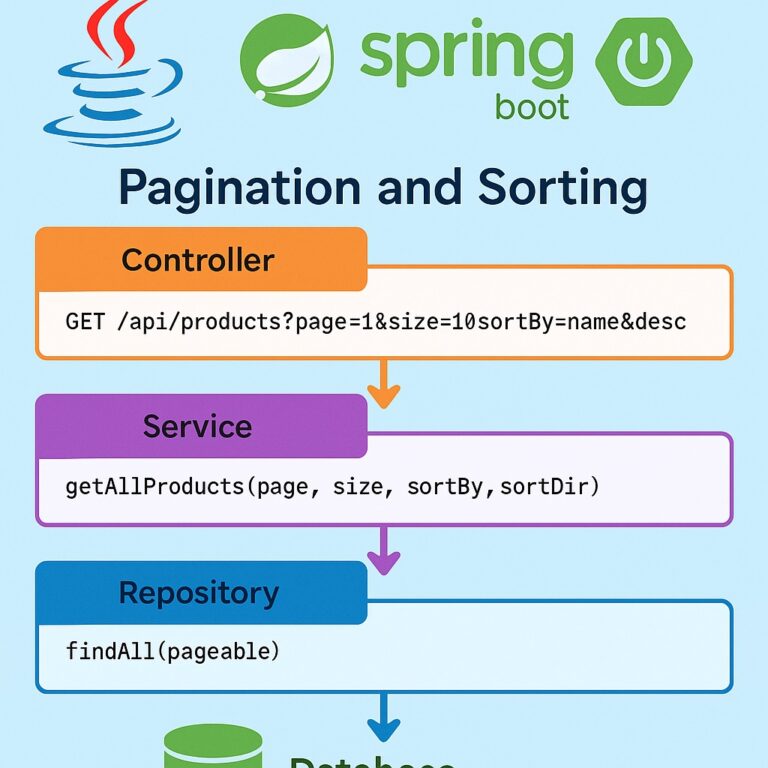In distributed systems, failures are inevitable. A downstream service might become unavailable, or a network might experience latency issues. Circuit Breakers provide a mechanism to gracefully handle such failures, ensuring that your application remains resilient even when certain dependencies fail. In the Spring ecosystem, Resilience4J is the preferred library for implementing circuit breakers in modern microservices.
This article explores how circuit breakers work, why they are important, and how you can use Resilience4J to implement them in a Spring Boot application.
What is a Circuit Breaker?
A Circuit Breaker is a design pattern used to detect failures and prevent the application from making repeated requests to a failing service. It acts like an electrical circuit breaker: when the circuit is “open,” the requests are short-circuited and do not reach the downstream service. This helps:
- Avoid overloading a failing service.
- Provide fallback mechanisms to maintain a partial service.
- Prevent cascading failures in the system.
How Circuit Breakers Work
A Circuit Breaker can be in one of three states:
- Closed: All requests are routed to the downstream service. The breaker monitors for failures.
- Open: After detecting a threshold number of failures, the breaker opens and blocks further requests for a specific time window.
- Half-Open: After the time window, the breaker allows a few requests to test whether the downstream service has recovered. If these succeed, the circuit closes; otherwise, it reopens.
Setting Up Circuit Breakers in Spring Boot with Resilience4J
Step 1: Adding Dependencies
To use Resilience4J, add the following dependency to your pom.xml:
<dependency>
<groupId>io.github.resilience4j</groupId>
<artifactId>resilience4j-spring-boot2</artifactId>
<version>2.x.x</version>
</dependency>
Step 2: Enabling Circuit Breakers
Enable circuit breakers in your Spring Boot application by adding the following annotation to your main class:
@SpringBootApplication
@EnableCircuitBreaker
public class CircuitBreakerApplication {
public static void main(String[] args) {
SpringApplication.run(CircuitBreakerApplication.class, args);
}
}
Step 3: Creating a RESTful Service with Circuit Breaker
Here’s an example of a service that communicates with an external API and uses a circuit breaker to handle failures.
Service Layer
import org.springframework.stereotype.Service;
import org.springframework.web.client.RestTemplate;
import io.github.resilience4j.circuitbreaker.annotation.CircuitBreaker;
@Service
public class ExternalService {
private final RestTemplate restTemplate = new RestTemplate();
@CircuitBreaker(name = "externalService", fallbackMethod = "fallbackResponse")
public String fetchDataFromApi() {
String url = "https://external-api.com/data";
return restTemplate.getForObject(url, String.class);
}
// Fallback method
public String fallbackResponse(Exception e) {
return "Fallback response: External service is unavailable.";
}
}
Controller Layer
import org.springframework.web.bind.annotation.GetMapping;
import org.springframework.web.bind.annotation.RestController;
@RestController
public class ApiController {
private final ExternalService externalService;
public ApiController(ExternalService externalService) {
this.externalService = externalService;
}
@GetMapping("/fetch-data")
public String fetchData() {
return externalService.fetchDataFromApi();
}
}
Step 4: Configuring the Circuit Breaker
Add configuration for Resilience4J in application.yml:
resilience4j:
circuitbreaker:
configs:
default:
slidingWindowSize: 10
failureRateThreshold: 50
waitDurationInOpenState: 10000ms
permittedNumberOfCallsInHalfOpenState: 3
instances:
externalService:
baseConfig: default
slidingWindowSize: Number of calls monitored.
failureRateThreshold: Failure percentage to trigger the circuit breaker.
waitDurationInOpenState: Time the breaker remains open before transitioning to half-open.
permittedNumberOfCallsInHalfOpenState: Number of test calls allowed in the half-open state.
Step 5: Testing the Circuit Breaker
- Start the Spring Boot application.
- Access
http://localhost:8080/fetch-data. If the external API is available, you’ll see the actual response. - Simulate a failure by shutting down the external API. The circuit breaker will invoke the fallback method, returning:
Fallback response: External service is unavailable.
Advantages of Using Circuit Breakers
- Improved Resilience: Protects the system from cascading failures.
- Better User Experience: Provides fallback responses instead of crashing.
- Optimized Resource Utilization: Prevents unnecessary retries to failing services.
- Simplified Recovery: Automatically transitions to the half-open state to test recovery.
Conclusion
Circuit Breakers are an essential tool for ensuring the resilience and stability of cloud-native microservices. Spring Boot, combined with Resilience4J, provides an easy-to-use implementation for managing failures and fallbacks. By incorporating this pattern, you can build robust applications that handle real-world challenges gracefully.



